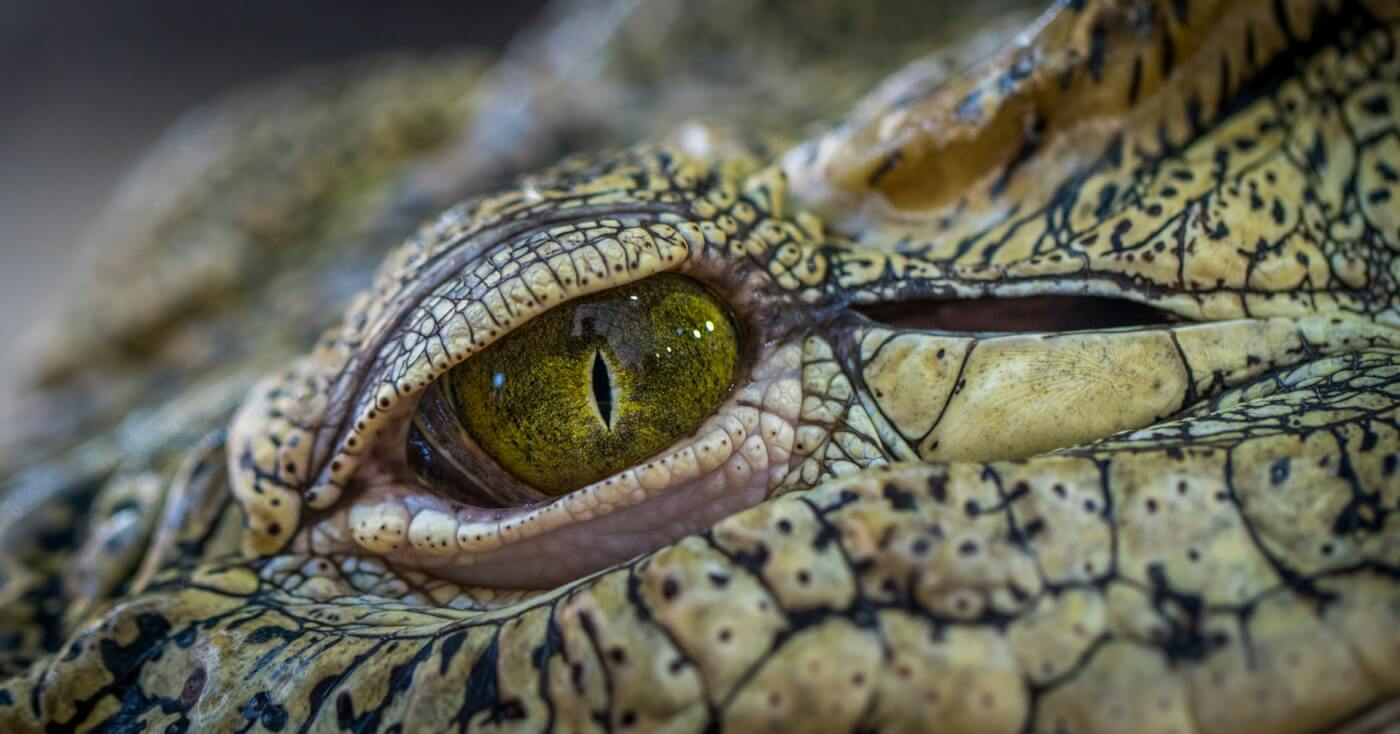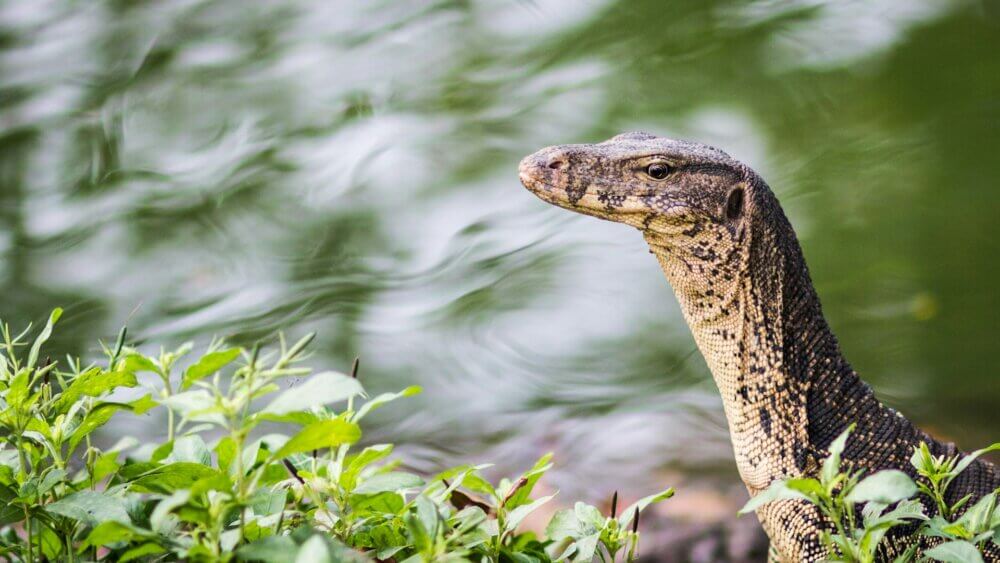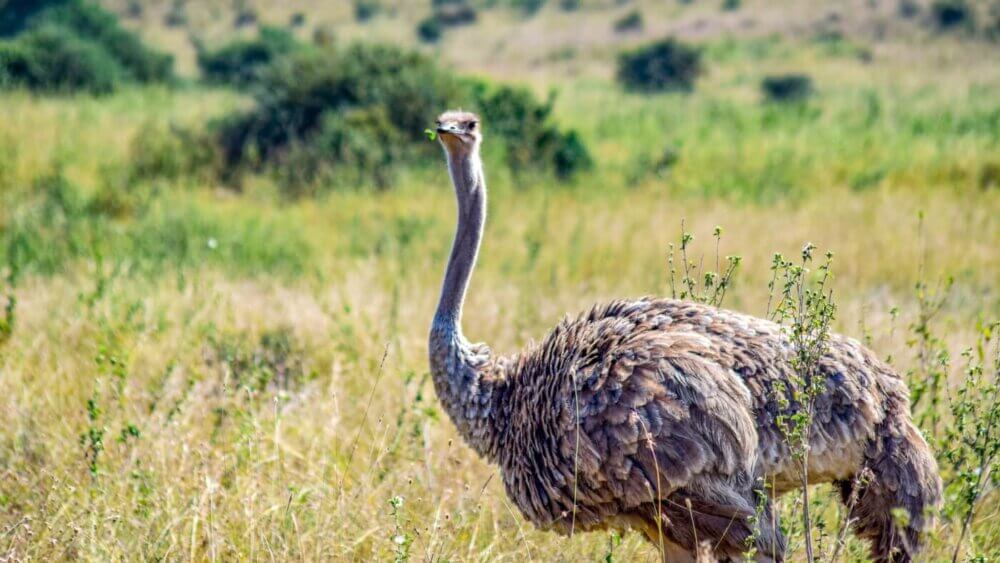The Exotic-Skins Trade
Every year, millions of crocodiles, alligators, lizards, snakes, and other wildlife are tortured and killed in the exotic-skins industry. The wallets, belts, bags, and other accessories made from their stolen skin retail for upward of tens of thousands of dollars—but they cost the animals everything.
Over the years, PETA entities and other animal advocates have blown the lid off the secretive exotic-skins trade again and again. We’re dragging its hidden practices into the light, but we need your help to end the violence. See some of the exotic-skin trade’s victims for yourself, then take action to help protect animals from excruciating deaths.
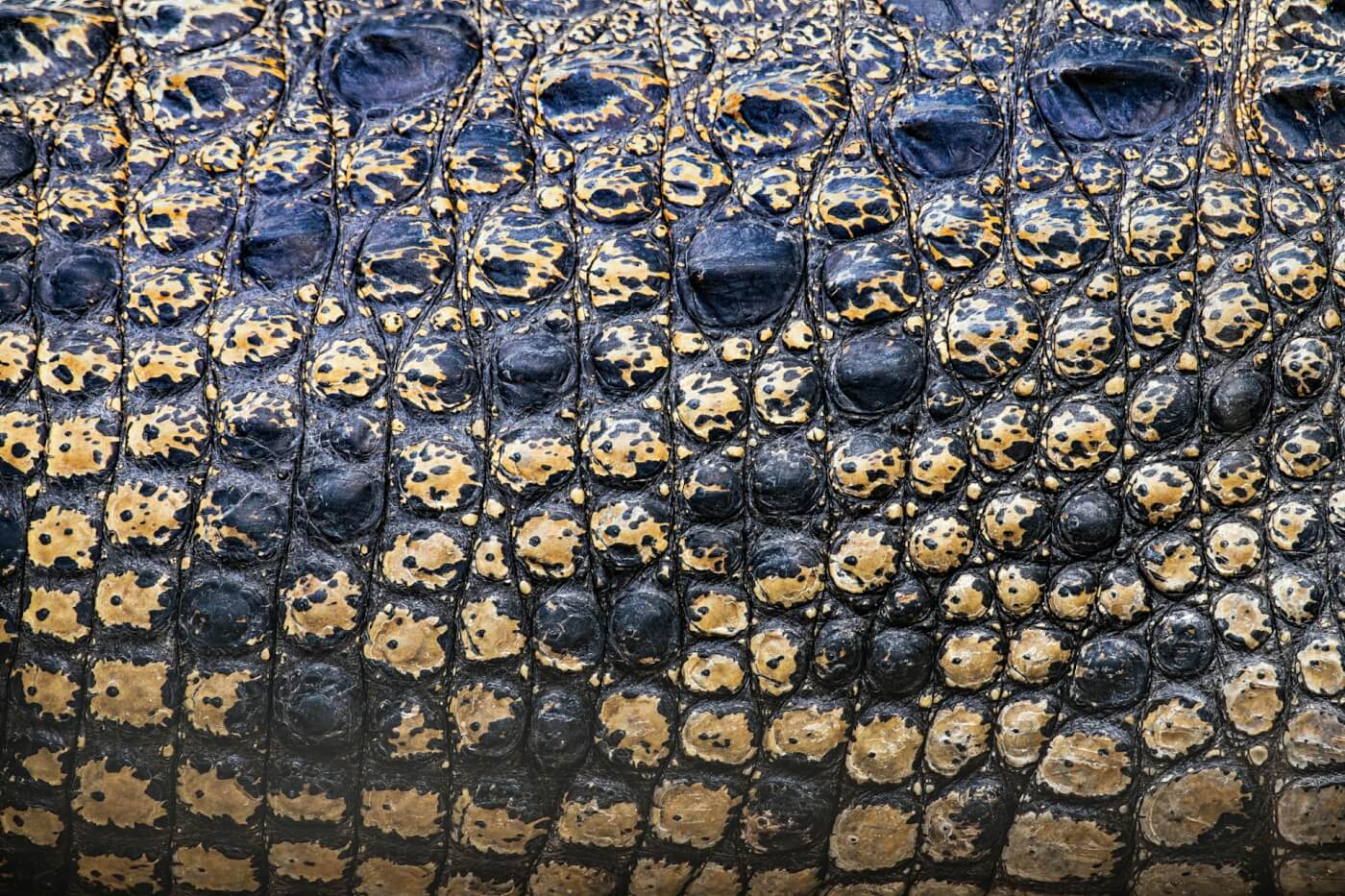
They Just Want to Live in Peace.

Investigators Tracked Down Exotic-Skins Producers Worldwide—Here’s What They Found
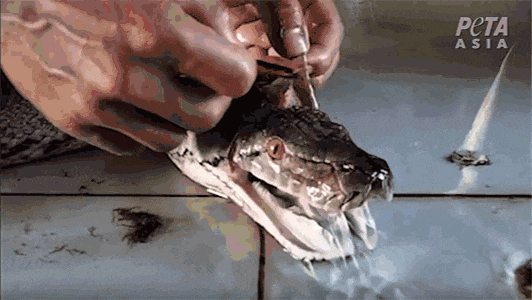
Workers at snake-killing operations use air or water to inflate the reptiles to death—which makes it easier to rip their skin off. Stunning, which is meant to render them unconscious, is often done improperly, causing them to endure unbearable pain as they’re skinned alive.
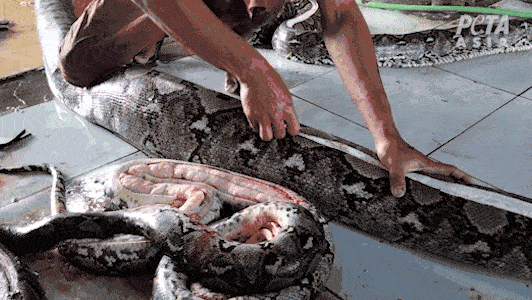
Workers callously cut snakes open from one end to the other. Because of their slow metabolism, it can take weeks, doubtlessly filled with agony, for them to die.
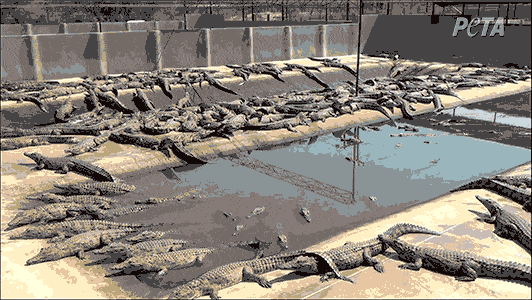
Crocodile and alligator farmers imprison these animals in filthy, barren enclosures from birth to slaughter. Workers deny them their basic necessities, such as clean water and veterinary care, and the freedom they would enjoy in nature.

A PETA investigator found alligators still moving in an ice bath after workers had attempted to slaughter them—meaning they may have been alive, in excruciating pain, drowning, or dying of hypothermia.
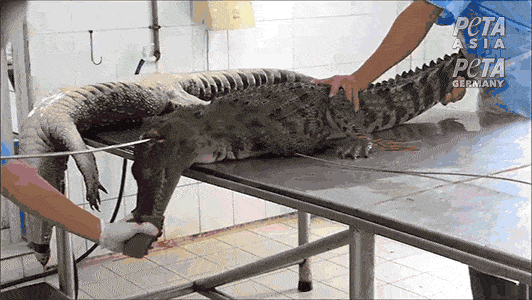
A PETA Asia investigator documented workers electroshocking crocodiles—even though there’s no good evidence that this renders them insensitive to stress or pain—then attempting to kill them by cutting into their necks and ramming metal rods down their spines.

In Indonesia, PETA Asia discovered that workers tied captive lizards’ legs together and then hit the struggling animals and beheaded them—a process that involved hacking their heads off with up to 14 strikes of a machete—without even rendering them unconscious first.
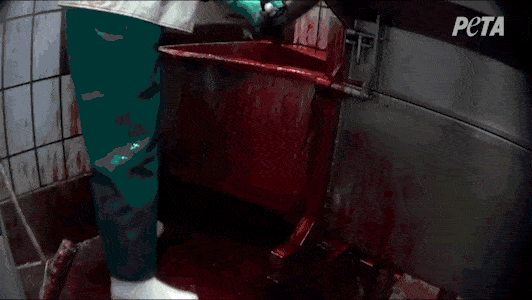
When PETA investigators tracked down the largest ostrich-skin supplier in the world, they found it was a hellhole. Workers were caught abusing terrified ostriches from transport to slaughter. Once they had forced the birds inside the slaughterhouse, they forcibly restrained each one, electrically stunned them, and then cut their throats in full view of their flockmates.
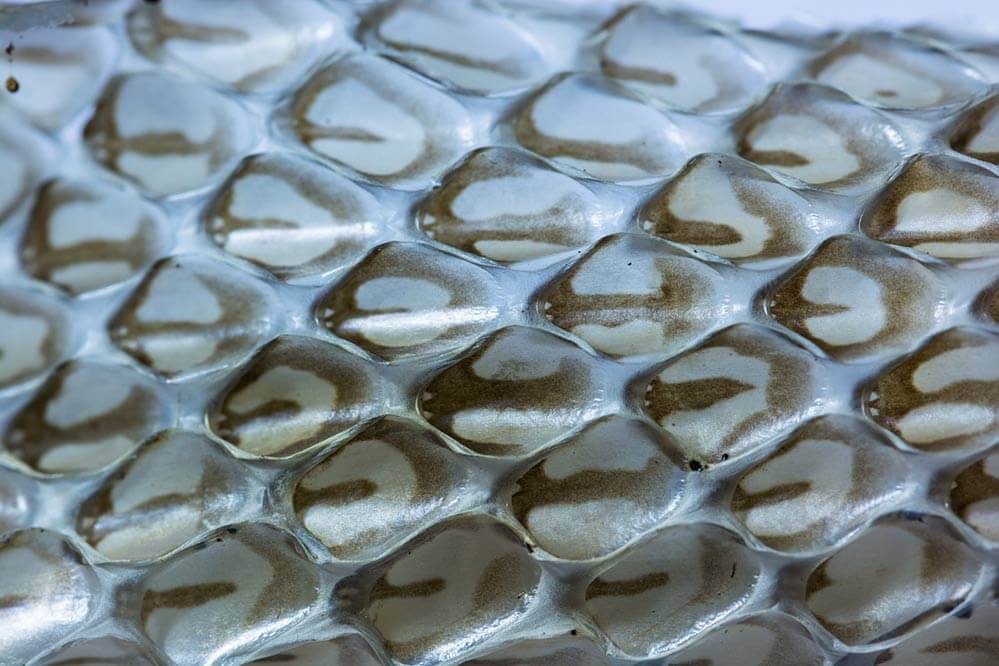
The Tide Is Turning
As we continue to expose the inherent cruelty of the exotic-skins trade, the fashion community is starting to take a stance against it. Helsinki Fashion Week, Melbourne Fashion Week, and Stockholm Fashion Week have all banned exotic skins from their runways—and that’s just the beginning.
Top-name fashion brands are also ditching exotic skins, including Chanel, Tommy Hilfiger, Calvin Klein, Diane von Furstenberg, Victoria Beckham, Jil Sander, Vivienne Westwood, Tory Burch, Brooks Brothers, and Nordstrom.
